Obsidian’s upcoming RPG Avowed takes place in the same fantasy universe as Pillars of Eternity, but structurally it’s a very different game. Where Pillars and its sequel Deadfire were isometric throwbacks to the golden age of CRPGs, Avowed is a thoroughly modern, immersive 3D experience that, at a glance, has little in common with the likes of Baldur’s Gate or Icewind Dale. And while it’s hardly the first RPG series to make such a jump, with Fallout famously doing the same, the fact that the Pillars games were nostalgia pieces makes this subsequent modernisation akin to history repeating itself.
As such, I was curious to find out why Obsidian chose to make a modern fantasy game in the Pillars universe, and what ramifications this has for Avowed as a whole. Which parts of the Pillars lore does Avowed’s story and systems draw upon? How does the Living Lands expand upon those existing ideas? And just how much of Pillars of Eternity is reflected in Avowed’s presentation and play?
“It was a very natural extension. If you’re going to make a fantasy game, why invent a second entire new world?” says Carrie Patel, Avowed’s game director. Patel explains to me that the decision to make a 3D fantasy RPG came first, and Obsidian figured they may as well use their existing worldbuilding rather than start again from scratch. “We’ve got a lot of settings [in the Pillars lore] that we’ve described or defined, but never set a game or any DLC content in.”
Indeed, there are several locations in the Pillars world that Obsidian could have chosen instead of The Living Lands, but this strange and mysterious island was the setting Obsidian as a collective were keenest to explore. “A lot of us who had worked on the previous project said, ‘This is a place we’ve always been very curious to go. We feel like there’s a lot of promise and vibrancy and adventure that we could set in this kind of location’.”
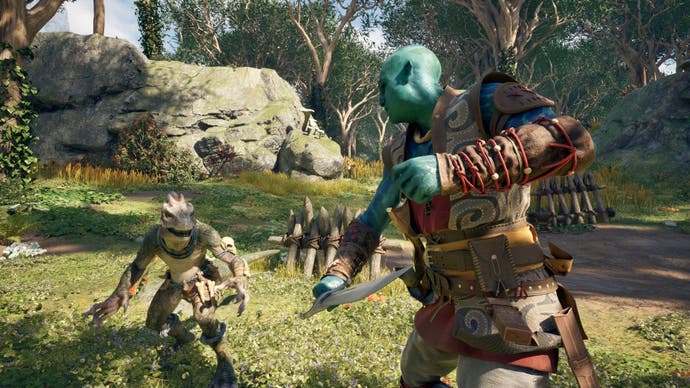
Obsidian may have used the Pillars world to save itself some work, but given just how different Avowed is from those earlier games, how helpful is it to have that existing framework in the background, with all the narrative limitations and player expectations that come with it? “It’s a double-edged sword, because obviously you need to be respectful of the IP and the source material, but you also don’t want to be totally shackled to it all the time,” says region director Berto Ritger. “Unlike making a remake, this is a new region that hasn’t been explored before in the world of Eora. So we have a blank canvas to paint on, essentially.”
“We’re still carrying forward the grounded, early modern storytelling from the previous Pillars games, building on what happened in Deadfire without it being a direct sequel.”
Yet while Obsidian has substantial creative legroom in The Livings Lands, it nonetheless uses several key elements of Pillars of Eternity. The most significant of these is the structure of the story. “We’re still carrying forward the grounded, early modern storytelling from the previous Pillars games, building on what happened in Deadfire without it being a direct sequel, taking those stories of powerful empires at war with each other,” says senior narrative designer Kate Dollarhyde.
Politics is at the heart of Avowed, with you playing the role of an Imperial envoy to The Living Lands. It’s a place where nature itself has resisted numerous colonisation attempts, while the few inhabitants to gain purchase on the island are the kinds of people who don’t exactly like to be ruled. “What players start to gather very early on is that you’ve been sent by this empire that isn’t super popular with The Living Lands, but also isn’t necessarily like the Star Wars evil empire,” Patel explains. “So how do you feel about it, and how exactly do you want to follow your role?”
Alongside this vein of political realism, Pillars of Eternity also has a significant metaphysical layer to its storytelling. In the world of Pillars, souls are real, tangible things, and can be reincarnated, studied through the science of animancy, or as is revealed toward the end of the first Pillars of Eternity, used by an ancient civilisation to manufacture an artificial pantheon of gods in an attempt to end all religious discord.
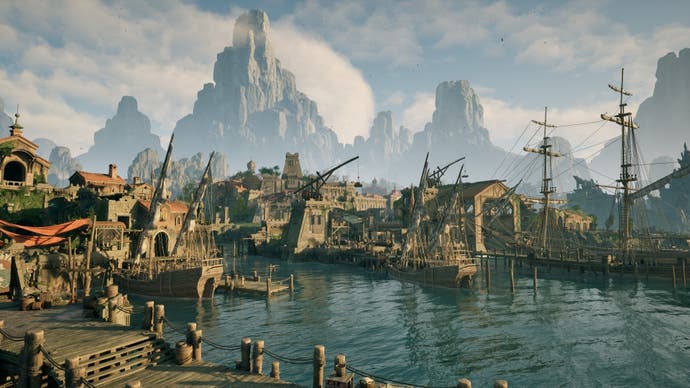
This metaphysical element likewise features in Avowed. “We have the underpinnings and the structure of Eora, like we have souls are a real thing in the world of Eora. And there’s a real cycle of reincarnation that impacts the spirituality and the politics of the world,” Ritger says. Early on in Avowed, players interact with giant Adra crystals, which are bound to the metaphysical fabric of Pillars in their ability to act as conduits for the soul, and hear a portentous voice speak to them through these structures. Dollarhyde also points out there will be more specific “allusions” to the events of the two Pillars games, although players won’t need to be familiar with their plots to understand what’s going on in Avowed.
Clearly, the themes of Pillars of Eternity run thick through Avowed. But what arguably distinguishes the Pillars games most is not their lore, but their presentation.The sumptuous, hand painted isometric art of those games, interlaced with modern lighting and particleeffects, is inextricably tied to their atmosphere and tone. As a 3D, real-time first-person experience, Avowed requires not just a different artistic approach, but a whole different art pipeline. With this in mind, can Avowed in any way replicate the aesthetic of those games, and did Obsidian even want to do that?
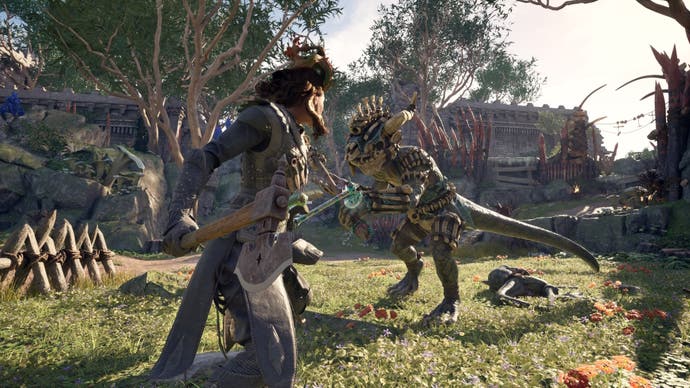

The answer to both questions, according to art director Matt Hansen, is yes. “A lot of the fundamental characters of those games are still present in Avowed,” Hansen says. “It’s a continuation of the ramp up in style that you see from Pillars 1 to Deadfire, where it’s a lot more vibrant, and lot more open to strange environments than that typical Eastern European or Central European look.”
Moreover, Hansen points out that the move to 3D also provides new opportunities to better represent the landscapes and architecture of Pillars’ world. “You can sell the scale so much better when players can look up and can look down. It’s really hard to pull that off in an isometric game. Like, even Durgan’s Battery from the Pillars 1 expansion, it’s supposed to be really tall, and we kinda solved it, but in isometric it’s just [really hard].”
Where Avowed diverges most from those classically styled isometric games, though, is in its systems. The 3D world demands whole new methods of movement, exploration, and combat, introducing parkour-inspired first-person platforming, fast-paced, reactive melee and ranged combat, and a tactile magic system that flows directly from your virtual hands.
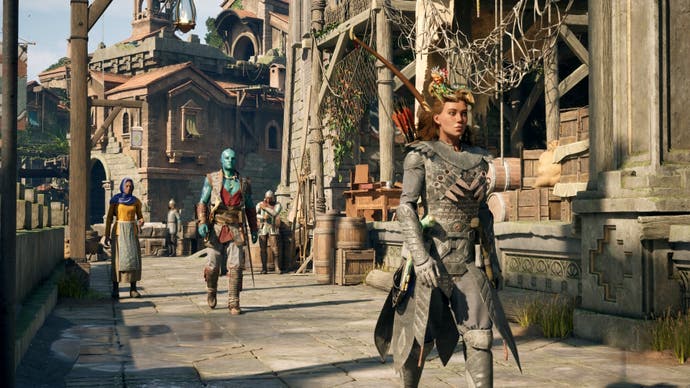
For all intents and purposes, it’s a different way of playing. Yet even here you’ll find threads of Pillars interspersed among these new systems. The most notable example is the grimoires, equippable spellbooks that provide access to new incantations for magic-focused players. Avowed directly adapts this concept from the Pillars games, where players used them to store and recall spells. Grimoires are used in a similar fashion in Avowed, but with players drawing and casting spells directly from the physical book.
“We looked at Pillars to try to find which things make sense to translate into first-person/third-person,” says gameplay director Gabe Paramo. “We used as many abilities as we could from there, and then we just needed to divvy them up amongst the Grimoires.”
In other words, Avowed doesn’t just take the broad concept of grimoires; it also adapts specific spells and abilities from the Pillars magic system, though senior combat designer Maxwell Matzenbacher stresses that it isn’t an exact translation. “There is a distinction between the Pillars grimoires and the Avowed grimoires, in terms of number of spells and the levels of spells that are in them,” he explains. “[But] it was really exciting to bring that in, because it took something that is really unique and distinct from Pillars.”

“We used to have it so that, you would press the ‘grimoire’ button and actually pause and put a radial [menu] up, that basically slowed the combat down.”
Avowed’s implementation of grimoires is also a surprisingly recent development, with Obsidian arriving at the current system only a year to eighteen months ago. “We’ve always had grimoires as an equippable item that was always offhand only,” Paramo says. “We used to have it so that, you would press the ‘grimoire’ button and actually pause and put a radial [menu] up, that basically slowed the combat down. So what we wanted to do was be like, ‘how do we integrate this in a more moment-to-moment [fashion]?’”
There was also a time when weapons and magic were bound to individual hands, Bioshock-style, which formed the stepping-stone to the more flexible system Obsidian ultimately settled upon. “This allowed us to really open that space up a lot more,” Matzenbacher adds. “It was an awesome opportunity to pull the inspiration in from Pillars and then just make that system more robust and more unique and stand out.”
In Pillars of Eternity’s lore, nobody knows exactly how deeply the seams of Adra run through Eora’s crust. Likewise, it’s impossible to say for certain just how much of those two games run through Avowed without playing the whole thing. From both what I’ve seen and what Obsidian says, however, the spirit of Pillars and Deadfire is heavily woven through Avowed, and fans of the series should recognise many of its ideas and much of its iconography, just all explored from a new angle.
fbq('init', '560747571485047');
fbq('track', 'PageView'); window.facebookPixelsDone = true;
window.dispatchEvent(new Event('BrockmanFacebookPixelsEnabled')); }
window.addEventListener('BrockmanTargetingCookiesAllowed', appendFacebookPixels);
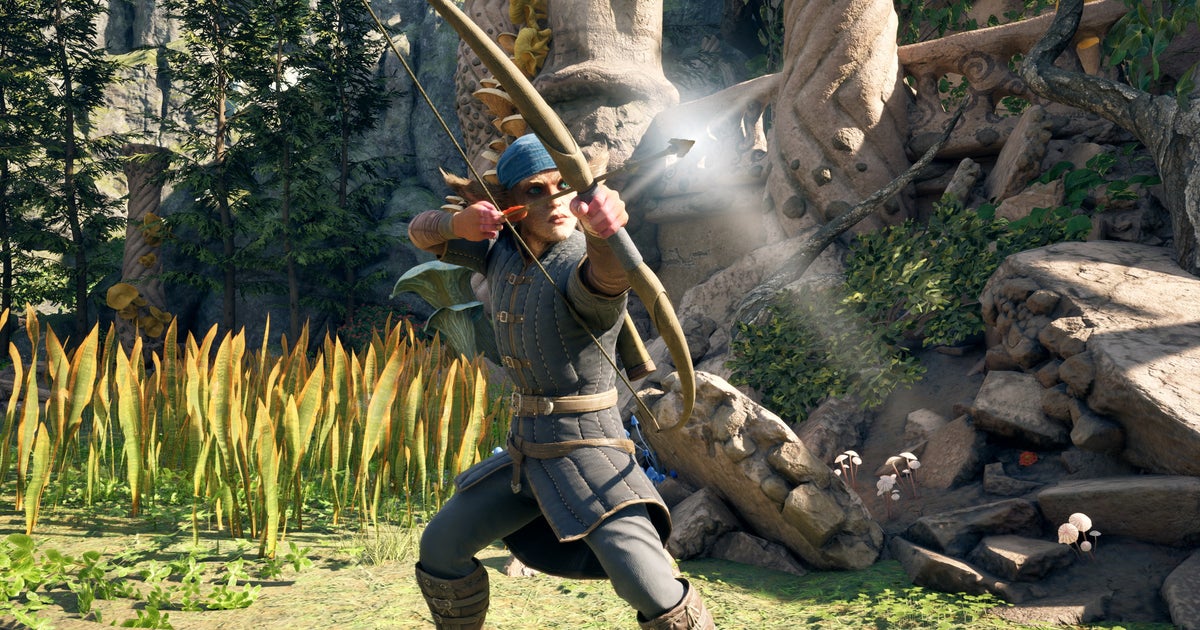
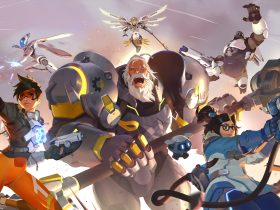
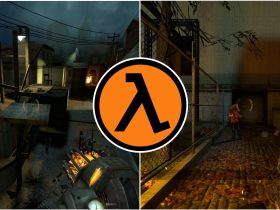

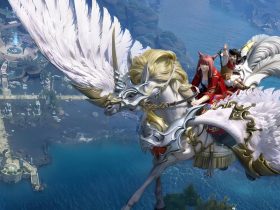



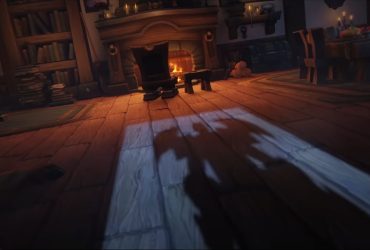
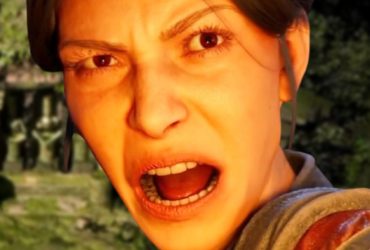
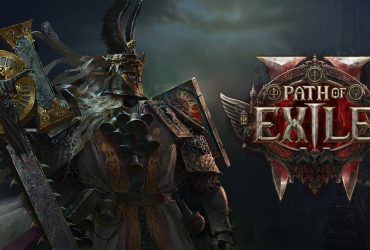
Leave a Reply